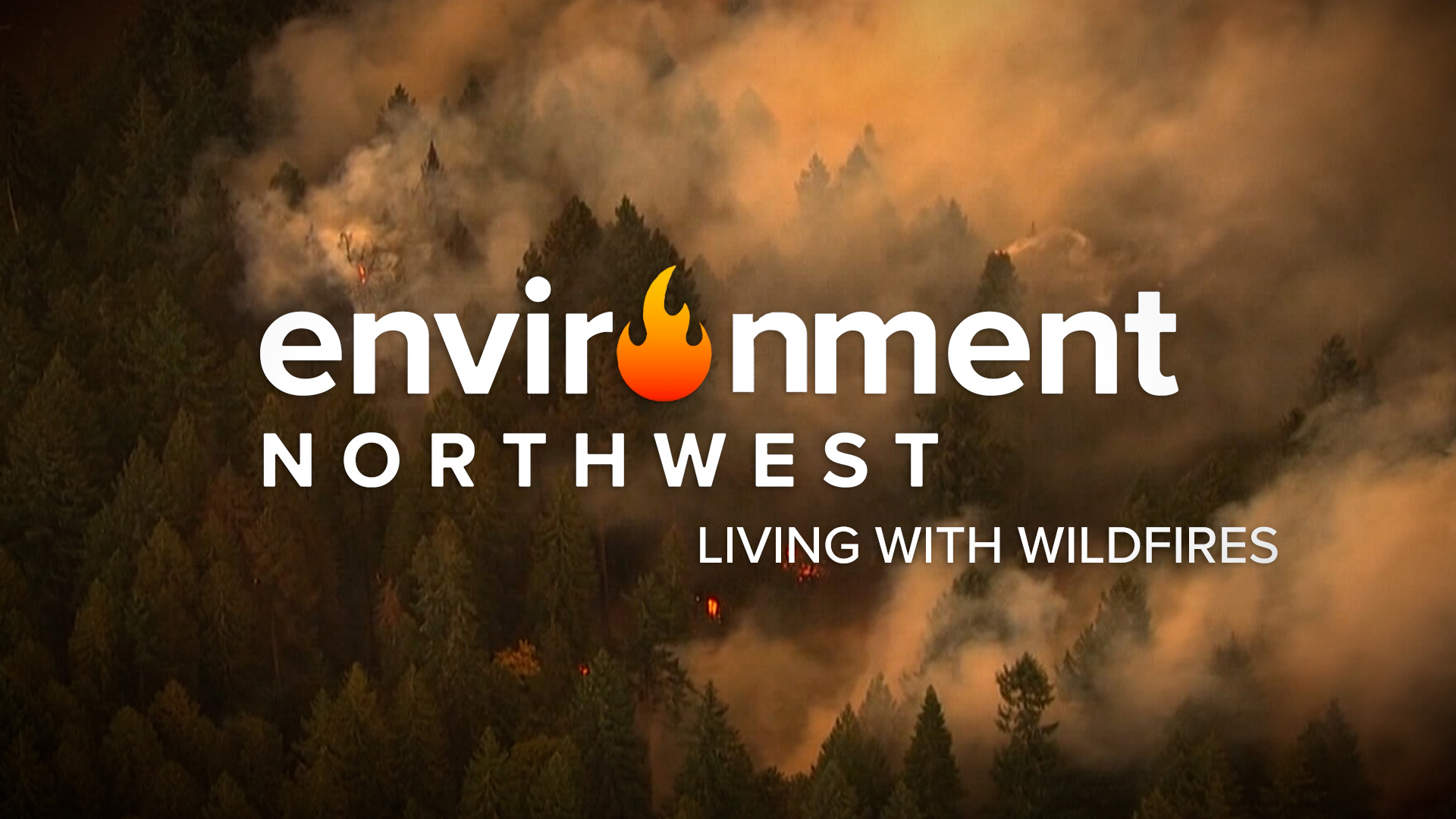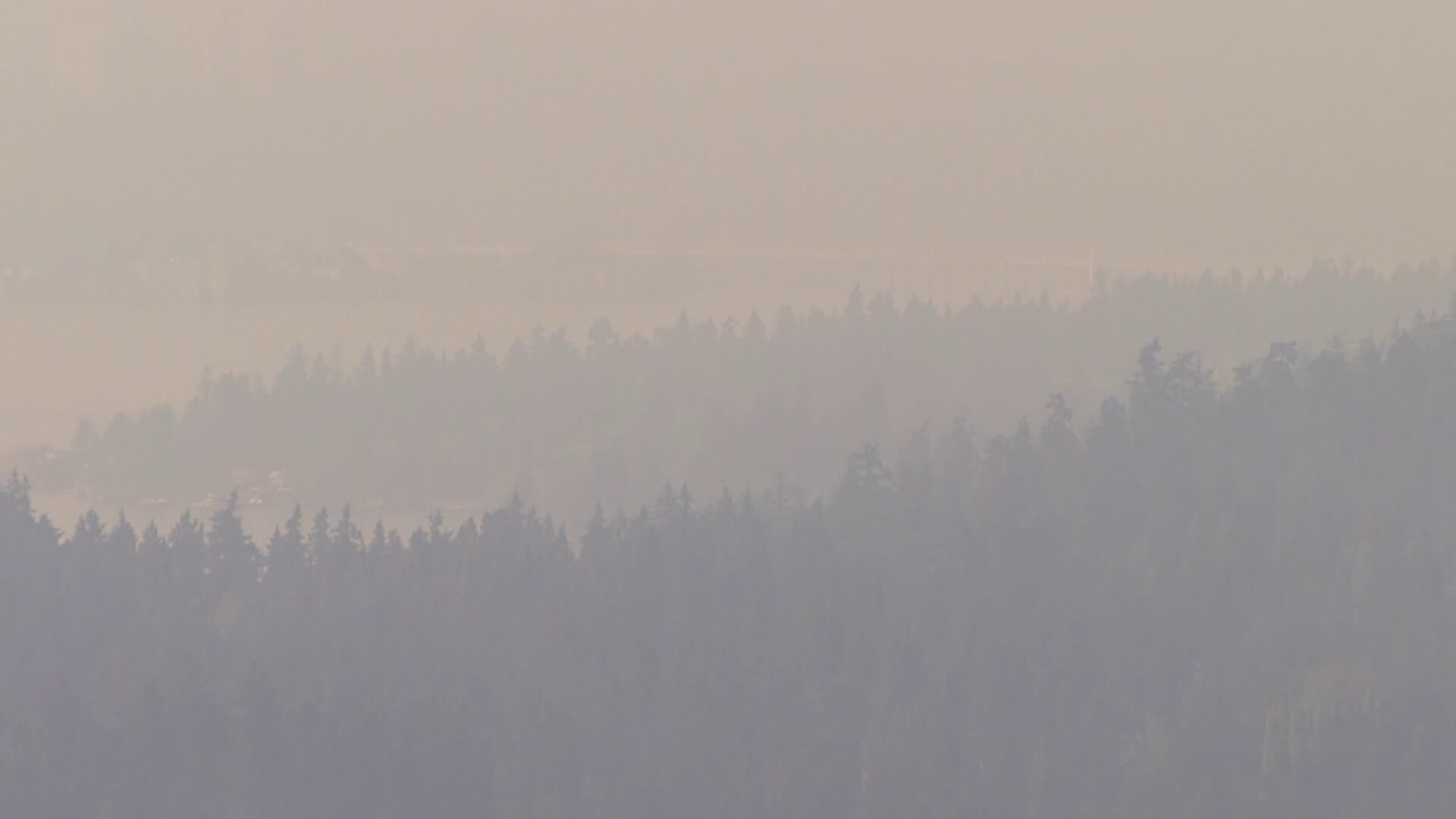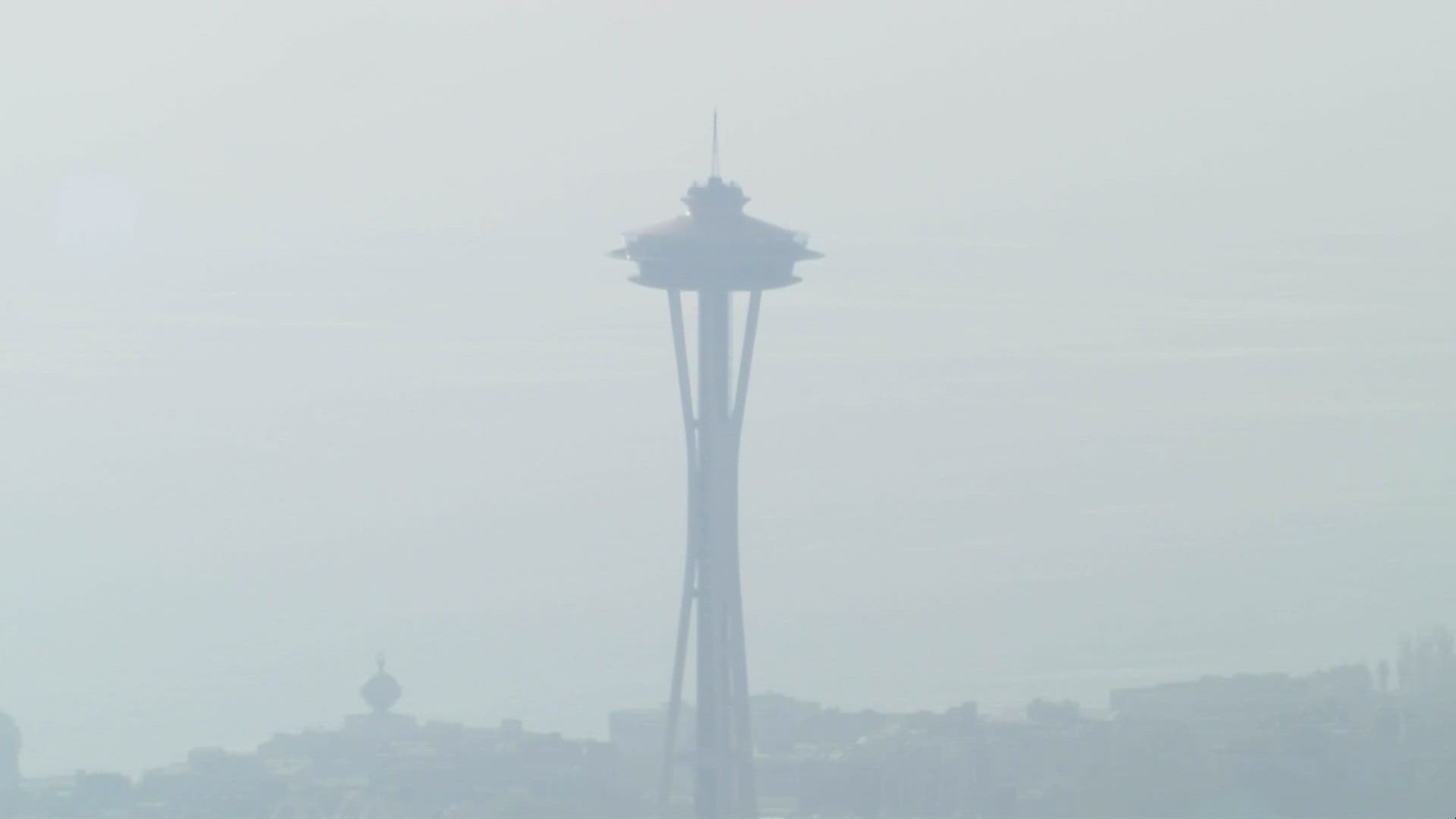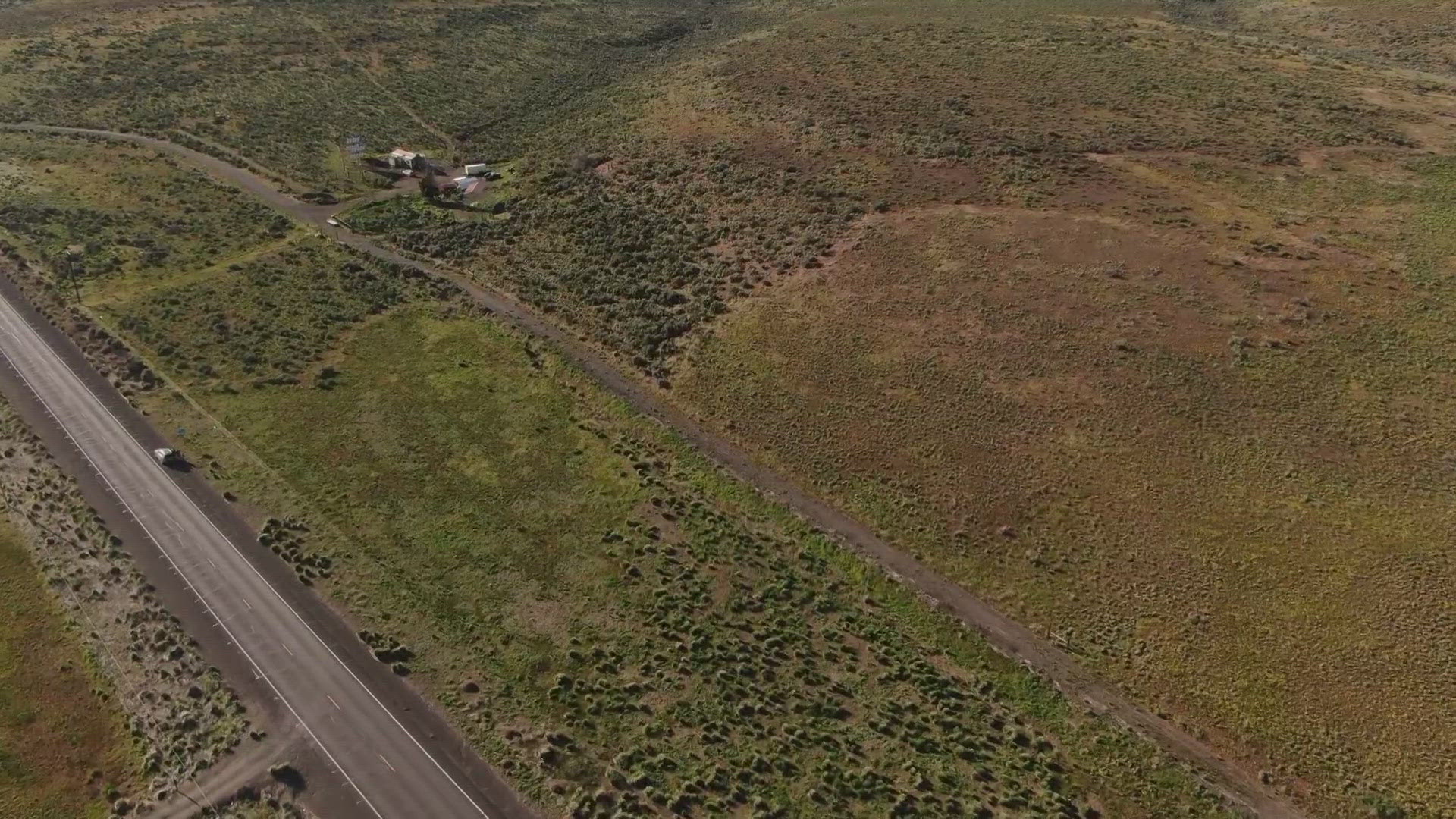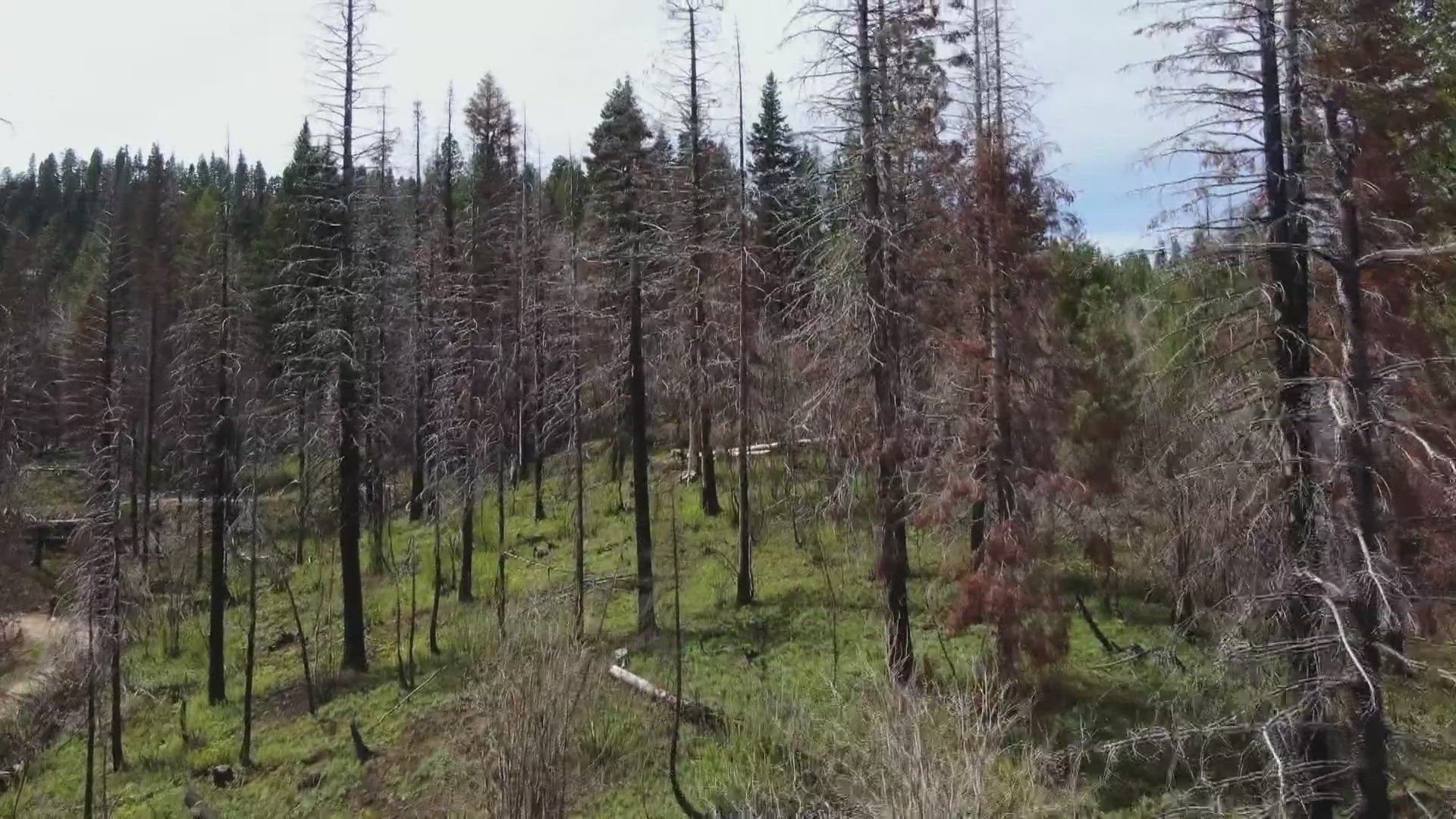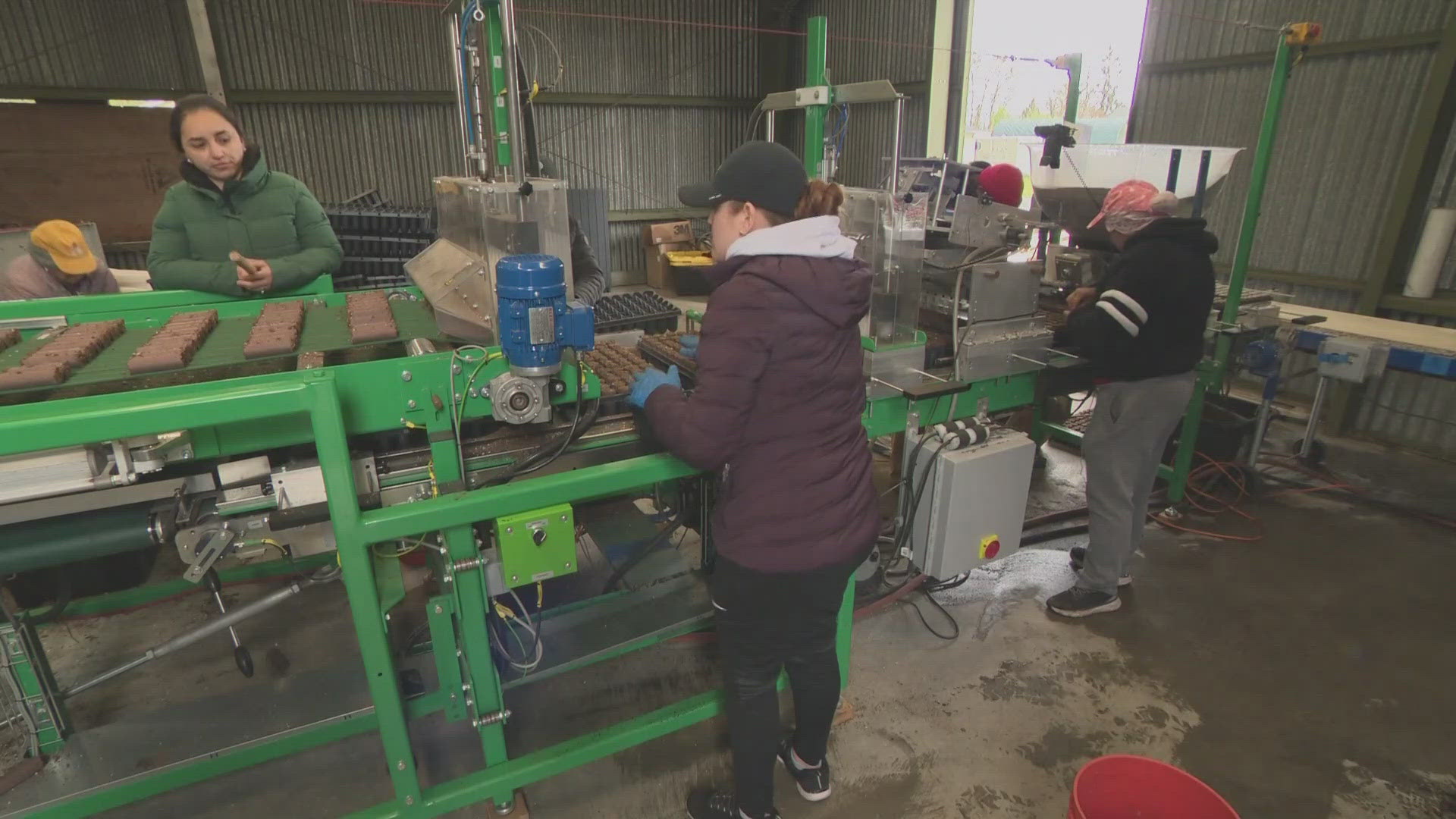Living with wildfires in the Pacific Northwest | Environment Northwest
The Environment Northwest team examines the upcoming wildfire forecast and the impact recent fires have had on our region.
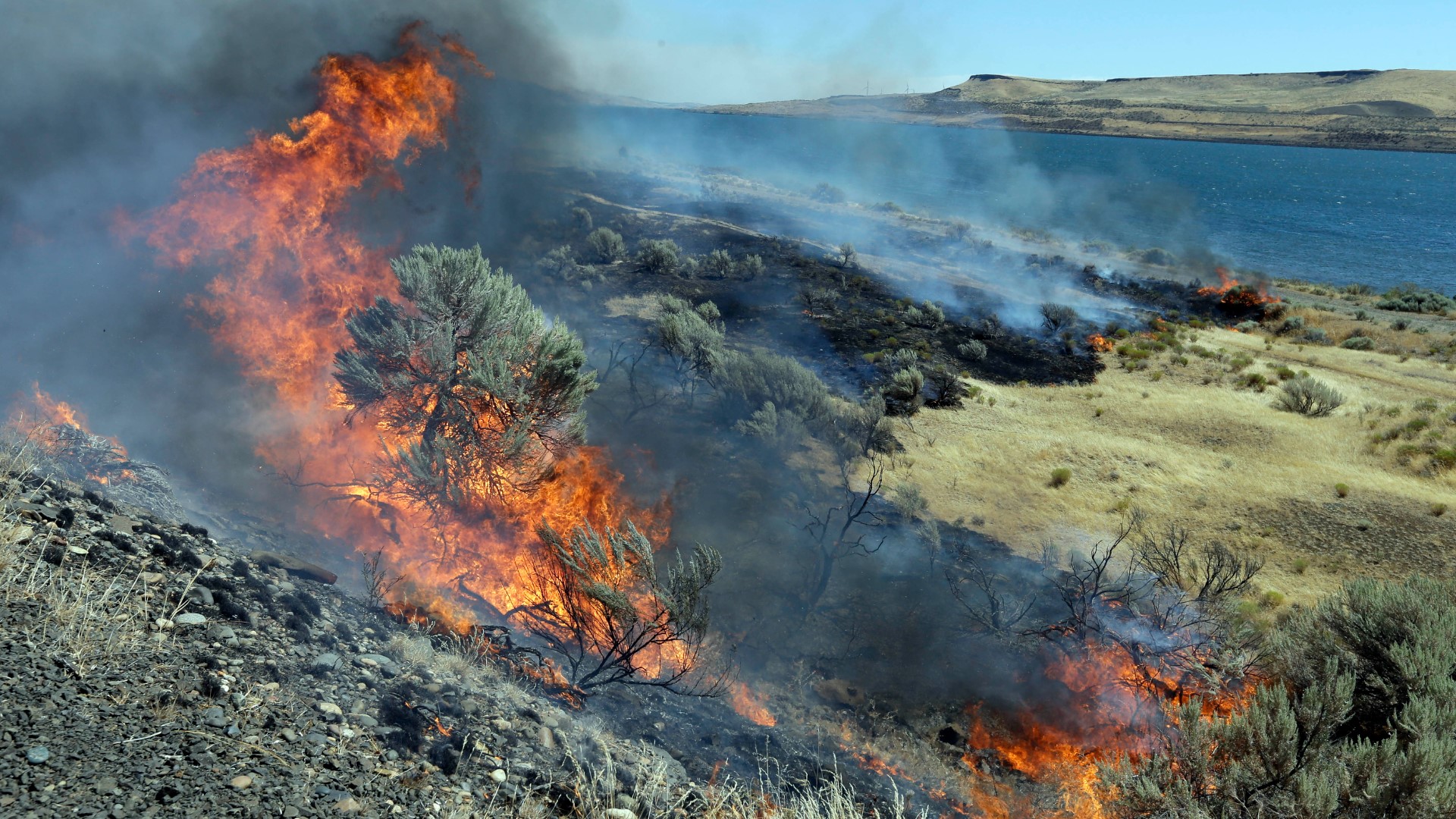
The impacts of wildfires in the Pacific Northwest are worsening in the western United States.
In this series, our Environment Northwest team looks at recent fire history in western and eastern Washington, Idaho and Oregon — and what the worsening impacts mean for the future of our region.
NORTHWEST BRACES FOR ACTIVE WILDFIRE SEASON KREM Meteorologist Jeremy Lagoo explains what the lingering El Niño influence means for the upcoming wildfire season.
Wildfire season in the Northwest is expected to be active this year. The El Niño that brought warmer temperatures and drier conditions to the region this past winter will continue through most of the summer. There are signs of La Niña conditions forming, but the cool, wet pattern likely won’t return until later this fall.
An abnormally warm dry winter in Washington and north Idaho led to a below-average snowpack in the Olympic Mountains, North Cascades, and the Northern Rockies. On the heels of a dry summer, many of the northern mountains face drought or abnormally dry conditions. Big trees or forests take multiple seasons to dry out and just as long to regain moisture.
It's important to remember that an entire wildfire season can change in just one day. Something we saw in Malden, Wash. in 2020 and during the Oregon Road and Gray fires in eastern Washington just last year. Critical fire danger days are hot, dry, and windy. Most major fires start and spread on those days. Exercising extreme caution on extremely dangerous days can make all the difference regarding the devastating fires and the smoke they create. Read more
WILDFIRE SMOKE IMPACTS WORSEN ACROSS WESTERN US KING Reporter Erica Zucco shares how the worsening air quality in the region is impacting our health.
Growing wildfire seasons have turned smoke into a dreaded staple of Northwest summers, and recent studies argue the increase has been significant enough to erase years' worth of air quality progress in the region.
Air quality experts say there are a number of contributors to increasing wildfires and, consequently, more smoke.
"Smoke is clearly getting worse across the western U.S., well really all of North America," said University of Washington-Bothell Professor of Environmental Chemistry Dan Jaffe. "About every other year, we are having these major wildfire seasons, there's fuel buildup, climate change which dries out the fuels, and people being in the forest."
At Overlake Medical Center in Bellevue, it's meant more calls for doctors and nurse practitioners seeing patients with asthma, chronic obstructive pulmonary disease and similar illnesses. Read more
What causes wildfires? KING Meteorologist Leah Pezzetti digs into why there are so many human-caused wildfires and how investigators can determine how they started.
About 90% of wildfires in the northwest are started by humans, and despite repeated messaging about fire safety, that number continues to grow.
Hilary Franz, Washington’s Commissioner of Public Lands, said so far in 2024, there’s already been a 40% increase in fires in the state compared to the same time last year. This comes after 2023 brought more fires on the west side of the Cascades compared to the east side for the first time ever.
Franz attributes the change in geographic location of the fires to a lack of wildfire awareness from people on the west side, where major wildfires have historically been far less common than on the east side.
Washington Department of Natural Resources Wildfire Communications Manager Ryan Rodruck breaks down the numbers of human impacts on fires. He says 90% of fires are human-caused. Of that, 50% are accidental, other 50% are either negligence or a criminal act. Lightning is the main culprit for environmental causes, and it’s easy to go back and see if there was lightning in an area at the time of ignition. Read more
REVISITING SITE OF 2022 FOUR CORNERS FIRE IN IDAHO KTVB Meteorologist Sophia Bliss shows how Idaho fire officials keep people safe after a fire and how long it takes for landscapes to recover.
In September of 2022, the Four Corners Fire broke out in Cascade, Idaho. The fire inched closer to cabins and homes, and officials were forced to evacuate about 600 people. The fire was stopped in mid-August and burned at about 14,000 acres.
While the fire left behind a charred landscape, Payette National Forest District Ranger Dana Harris told Environment Northwest that fires are natural.
"If you look across at the mountain, it's not burned black with just sticks all the way across," explained Harris. "As far as the severity of this fire, about 98% of it was moderate and low severity. And about 2% of it was high."
She said that the area is recovering and has a positive outlook for the future.
Prescribed burns were slated for the area before lightning ignited the fire.
"There hadn't been one for a while. We have been excluding wildfires from the forest. We've been doing that for 100 years, just putting fires out as fast as we could. Fire is a natural process. And so this ecosystem is one that before European settlement, there was fire," explained Harris. Read more
HOW CARBON CREDITS ARE USED TO RESTORE WILDFIRE-SCORCHED FORESTLANDS KGW Environment Reporter Kale Williams explores a Pacific Northwest company's market-based solution to restoration.
The aftermath of modern-day wildfires can be desolate. The trees that remain standing are charred, ash covers the landscape and even the dirt itself is scorched.
“When you first get there, it's a shocking sight,” said Matthew Aghai, describing the scene of a burned area in the Henry Creek watershed, southeast of Portland. “It looks like a moonscape or a hellscape after these wildfires.”
Aghai is the chief science officer for Mast Reforestation, a company that specializes in recovering burned areas like the one at Henry Creek.
“We're looking at these hellscapes with a degree of optimism,” he said.
His optimism comes from the company's novel approach to reforestation, which also seeks to stem the rising severity of wildfires.
“Our goal is to use a pathway to reforestation to mitigate the worst effects of climate change,” he said.
The novelty of their approach comes in the form of carbon credits, which they sell to help fund the costly endeavor of restoring forestlands, offering their services to landowners at steep discounts.
“As soon as trees are put in the ground, they're accumulating carbon and creating wood,” Aghai said. “That's something we want to protect and create resilience for on a very long, decadal-, century-long timeline.” Read more
Watch KING 5's Environmental playlist here:


